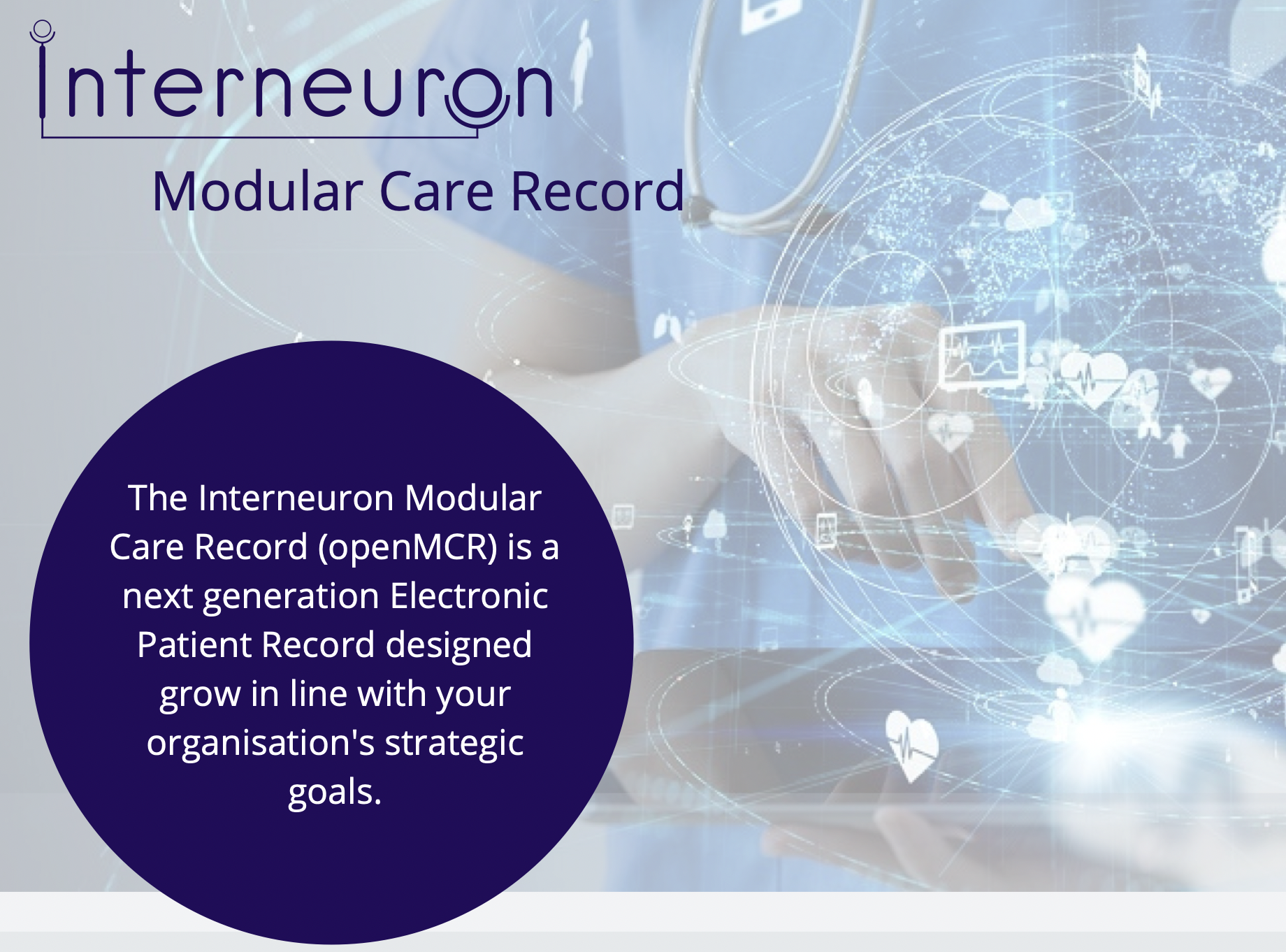Medicinal product or molecule?

The challenge for medicines interoperability
Summary
For medicines interoperability to work across our healthcare system, standards are essential. But complying with these standards can often be harder than it seems. The PRSB information standards have the potential to make medicines data truly interoperable – but interoperability will also require a change in the way we prescribe medicines in secondary care. Molecule based prescribing (prescribing just the name of the active ingredient) is helpful in many ways – but for interoperability to work, we need to document the actual medicinal products a patient leaves hospital with, or there will always be a need for humans to clear up the ambiguity.
Product vs Molecule
There are two ways of thinking about a therapeutic medicine – and while both are valid, they are at times, unhelpfully incompatible – or should I say un-interoperable.
The first concept is the Product.
A pharmaceutical organisation develops, tests and trials a medicinal product. The product is a ‘preparation’ of (one or more) active ingredients and if present, excipients that give the product its form.
The product has a form, a weight a manufacturer and a price. The product is ‘licenced for use’ in certain situations for specific clinical indications. It is sold to healthcare organisations who may use it for a licenced indication or (at their own risk) for an unlicenced indication.
For the avoidance of doubt, it is the product that the pharmaceutical organisation has tested, the product that has undergone a clinical trial, the product that has the clinical indication for use.
The second concept is the Molecule.
The molecule is the active ingredient. It is the actor within a biological process; the subject of academic research. Supporting evidence for the molecule is generalised from the clinical trials of actual medicinal products. The molecule is considered in the abstract. It is independent of any product. It does not have a form, a weight a manufacturer or a price.
Secondary care prescribing
In secondary care, the prescribing preference has been to use molecule-based prescribing. To use the correct jargon, hospital prescribers tend to prescribe Virtual Therapeutic Moieties (VTMs). The VTM is just the name of the active ingredient and a VTM prescription includes the dose and posology – for example: ‘Paracetamol – 500mg – 4 times a day until stopped’.
The VTM prescription provides several advantages:
- A single VTM prescription can cover multiple different medicinal products and formulations so the prescriber can leave, to their pharmacy and nursing colleagues, more options as to what to actually give the patient:
- Options related to what is in stock
- Options related to which brand is the most cost effective
- Options related to the specific form/formulation
- Options related to the route of administration (prescribing for multiple routes: Oral, Intravenous etc)
- The prescriber only needs to remember the dose of the active ingredient and the posology
- It is faster to prescribe (on paper)
- Your prescription must be reviewed by pharmacy/nursing staff – who may correct prescribing errors
But there are disadvantages:
- The options leave open significant ambiguity:
- Ambiguity between different potential preparations
- e.g. Lithium is available as two salts, lithium carbonate and lithium citrate, which are not dose equivalent.
- Ambiguity between different potential preparations
- Ambiguity between forms
- Did the prescriber want the patient to have a liquid, a tablet or a capsule?
- Ambiguity between formulations
- Did the prescriber want the patient to have a gastro-resistant or modified release formulation?
- Unintended over/under dose when multiple routes are prescribed
- Some medicines are far more potent when given intravenously than orally
- Habitual prescribing errors
- VTM prescribing for multi-ingredient drugs
- e.g. Prescribing 500 mg of Co-codamol is not a valid prescription. Co-codamol consists of two active ingredients with different doses e.g. 15 mg of Codeine phosphate and 500mg paracetamol. Prescribing 500mg of ‘Co-codamol’ is not a valid prescription.
- Error correction by pharmacy not feeding back to prescribers
- Where prescribers rely on pharmacy to correct errors and do not get adequate feedback – prescribing errors will continue.
- VTM prescribing for multi-ingredient drugs
- Pharmacy dispensing cannot be automated as there are too many potential products that could match a VTM prescription.
Primary care prescribing
Primary care providers, who sometimes have their own on-site pharmacy, have long understood the practical and financial benefits of prescribing products in primary care. The vast majority of primary care prescription are simple formulations (tablets, inhalers, creams) and their product based prescriptions do not require further interpretation before dispensing.
Digital Inter-operability
Our problem occurs when medicines data is transmitted between secondary and primary care. When a patient is admitted it is easy for a clinician (or computer) to ‘convert’ a medicinal product prescription to a VTM prescription. But when a patient is discharged, automatically ‘converting’ a VTM to a medicinal product is almost always impossible – there are just too many options, too much ambiguity.
In the world of medicines digital interoperability, it would be a lot easier if everyone just prescribed medicinal products. If actual products are documented, data is easily shared. There would be no ambiguity, and digital systems could interoperate without the need for human intervention.
So what’s the solution?
In my opinion, the solution is to ensure that when a patient is discharged from hospital, the discharge prescription only contains medicinal products. During the inpatient stay, hospital prescribers should be free to use VTM prescriptions on the inpatient drug chart, and work with their pharmacy and nursing colleagues to ensure safe and cost-effective dispensing and administration. But when a patient leaves hospital, if we want medicines interoperability, we need to prescribe products to remove the ambiguity.
Interneuron are delighted to be working with the PRSB to ensure the discharge summary standard supports medicines digital interoperability, and look forward to seeing the impact of this and other PRSB standards as they are adopted across the NHS.

